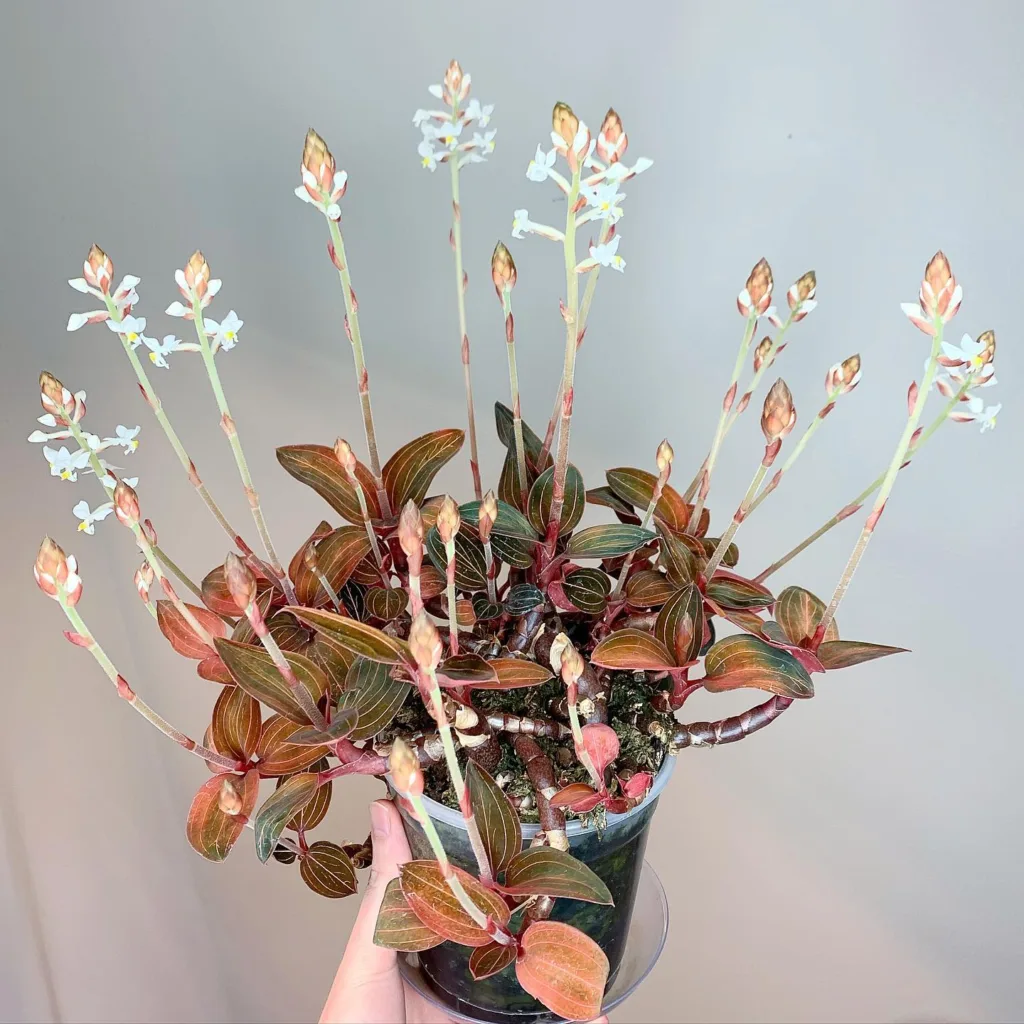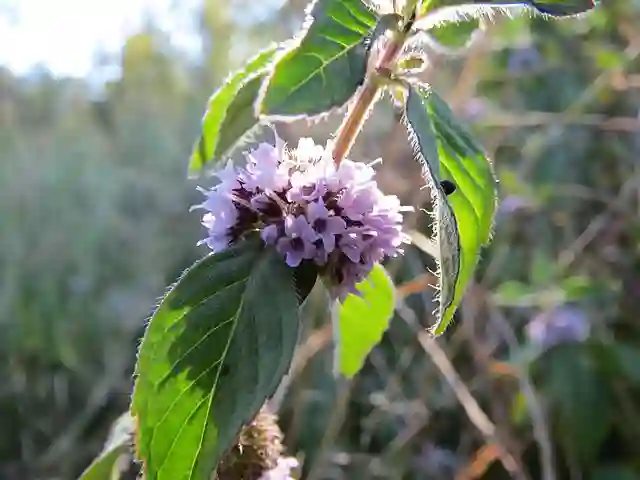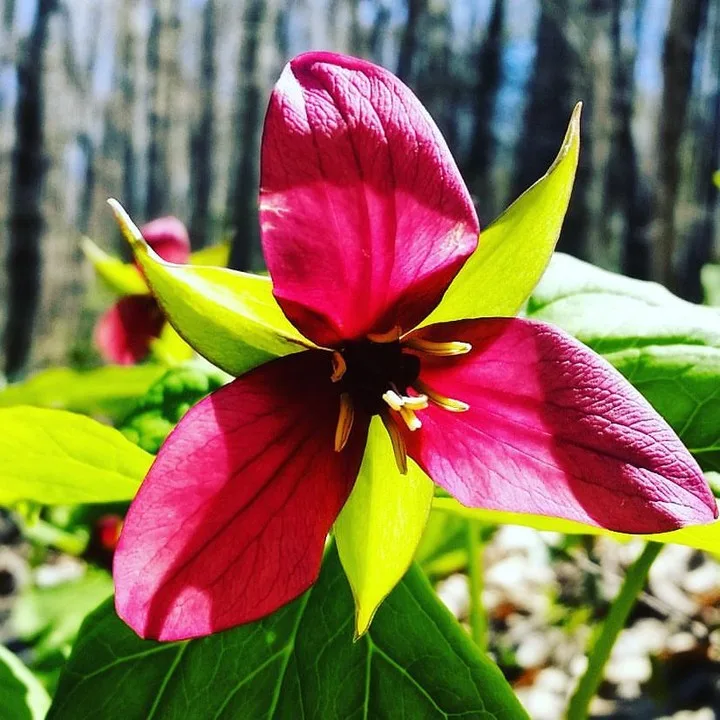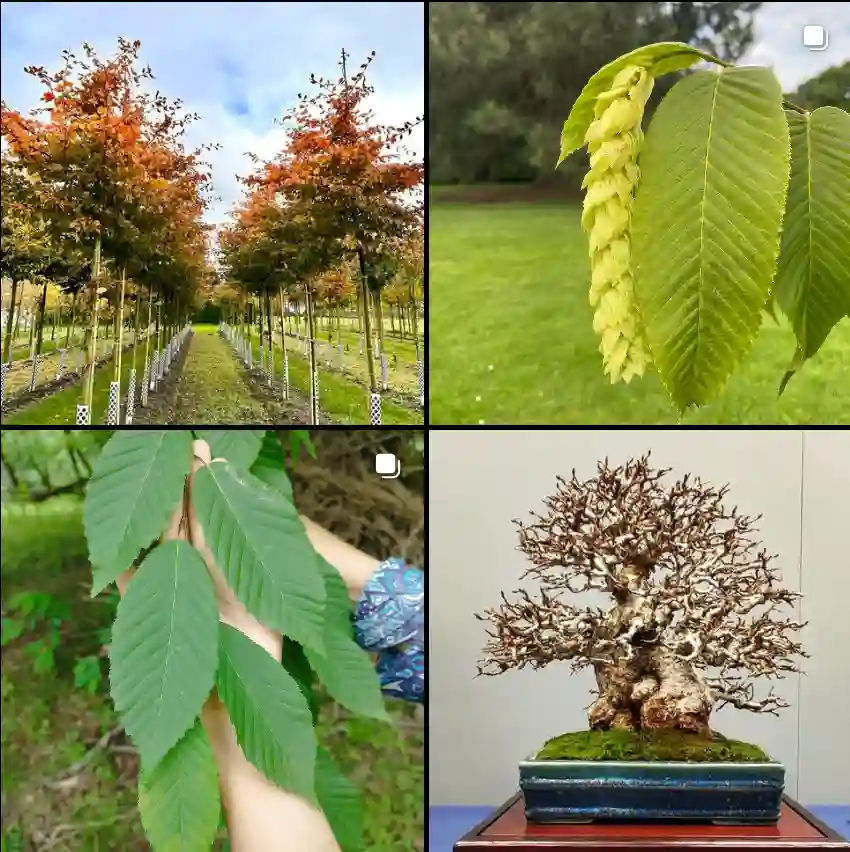My Fascination with Pachypodium
I’m Ferb Vu, and I’ve always been drawn to the unusual. In the world of plants, few things strike me as more unusual than the Pachypodium. These fascinating succulents belong to the Apocynaceae family, native to Madagascar and mainland Africa, boast a unique blend of beauty and resilience. They are a testament to nature’s artistry, thriving in harsh environments where most other plants would wither and die.
Imagine a plant that looks like a cross between a cactus and a palm tree. That’s the essence of a Pachypodium. Their thick, succulent stems are often covered in spines, providing a formidable defense against thirsty herbivores. But from these tough exteriors emerge delicate, often vibrantly colored flowers, creating a stunning contrast.
It’s this juxtaposition of the rugged and the delicate that first captivated me. These plants are survivors, adapted to endure intense heat and long droughts. Yet, they also possess an unexpected beauty, a reminder that even in the harshest conditions, life finds a way to flourish.
A Diverse Genus
The genus Pachypodium is surprisingly diverse, with over 20 recognized species, each possessing its own unique characteristics. Some, like Pachypodium lamerei, commonly known as the Madagascar Palm, can grow into towering tree-like forms, reaching heights of over 20 feet. Others, like Pachypodium brevicaule, remain close to the ground, their squat, almost rock-like appearance blending seamlessly with their surroundings.
Here’s a list of Pachypodium species:
- Pachypodium ambongense Poiss.
- Pachypodium baronii Costantin & Bois
- Pachypodium bispinosum (L.f.) A.DC.
- Pachypodium brevicaule Baker
- Pachypodium decaryi Poiss.
- Pachypodium densiflorum Baker
- Pachypodium eburneum Lavranos & Rapanarivo
- Pachypodium enigmaticum Pavelka, Prokes, V.Vlk, Lavranos, Zídek & Ramav.
- Pachypodium geayi Costantin & Bois
- Pachypodium horombense Poiss.
- Pachypodium inopinatum Lavranos
- Pachypodium lamerei Drake Plant FAQs: Pachypodium Lamerei – Madagascar Palm
- Pachypodium lealii Welw.
- Pachypodium menabeum Leandri
- Pachypodium mikea Lüthy
- Pachypodium namaquanum (Wyley ex Harv.) Welw.
- Pachypodium rosulatum Baker
- Pachypodium rutenbergianum Vatke
- Pachypodium saundersii N.E.Br.
- Pachypodium sofiense (Poiss.) H.Perrier
- Pachypodium stenanthum (Costantin & Bois) J.-B.Castillon, J.-P.Castillon & Rapan.
- Pachypodium succulentum (L.f.) Sweet
- Pachypodium windsorii Poiss.
More Than Just a Pretty Face
But my interest in Pachypodium goes beyond their aesthetic appeal. These plants have a rich ethnobotanical history, particularly in Madagascar, where they’ve been used for various purposes by local communities. Some species are used in traditional medicine to treat a range of ailments. Others have practical uses, with their fibrous wood employed in construction or their starchy stems used as a famine food.
This connection between people and plants fascinates me. It highlights the important role that Pachypodium has played in the lives of those living alongside it, showcasing the deep relationship between humans and their natural environment.
Challenges and Conservation
Sadly, many Pachypodium species are now threatened in their natural habitats. Habitat destruction, due to agriculture and mining, is a major concern. Over-collection for the horticultural trade also poses a significant threat to some species.
This is why conservation efforts are crucial. Organizations like the IUCN (International Union for Conservation of Nature) are working to assess the conservation status of Pachypodium species and implement measures to protect them. Botanic gardens and research institutions also play a vital role in ex-situ conservation, safeguarding these plants for future generations.
A Continuing Journey of Discovery
My own journey with Pachypodium is far from over. I’m eager to learn more about their biology, ecology, and cultural significance. I believe these remarkable plants have much to teach us about resilience, adaptation, and the interconnectedness of life.
Whether you’re a seasoned botanist or simply someone who appreciates the beauty of the natural world, I encourage you to explore the fascinating world of Pachypodium. You might just find yourself as captivated by them as I am.
If i die, water my plants!



